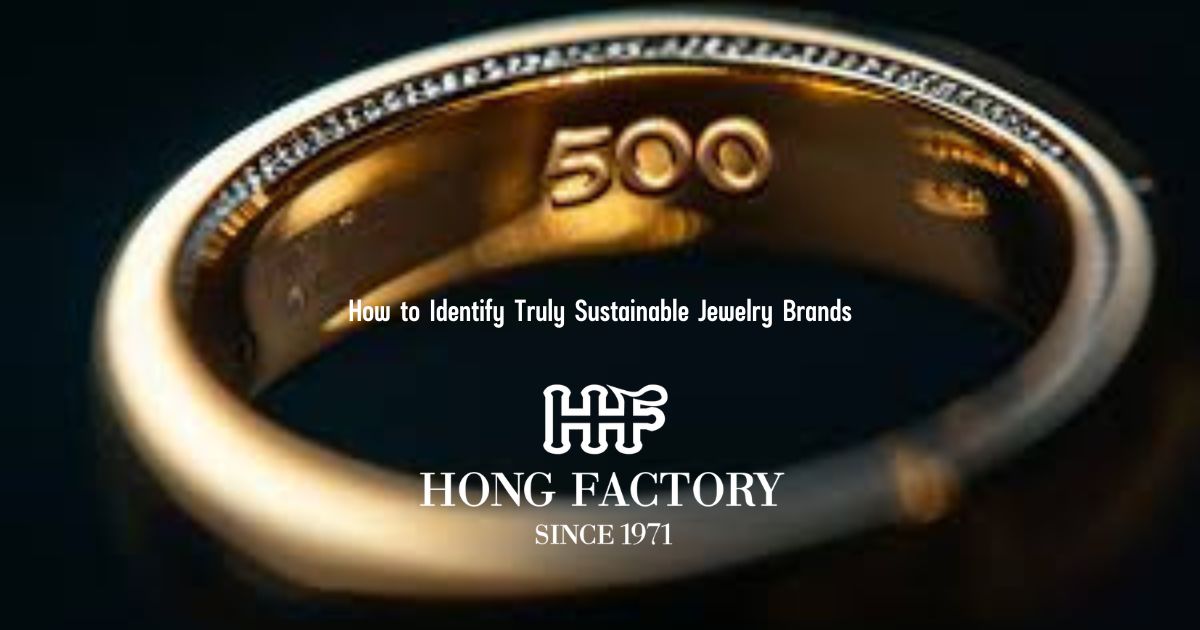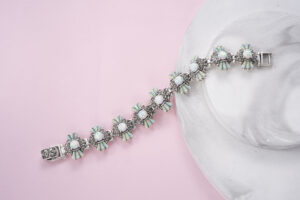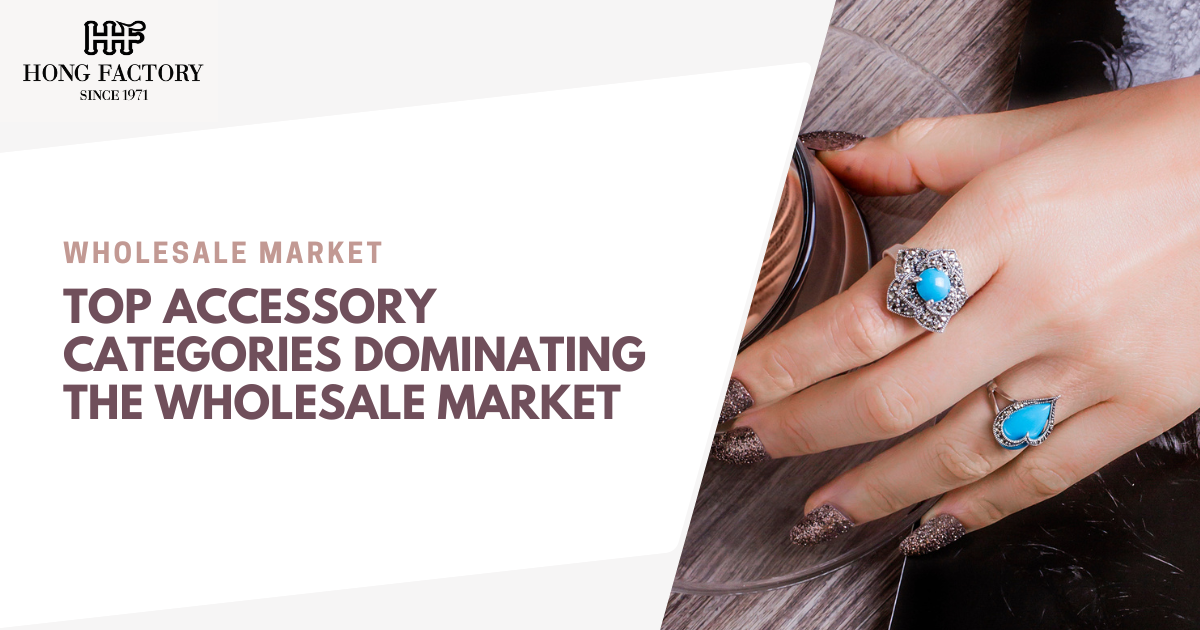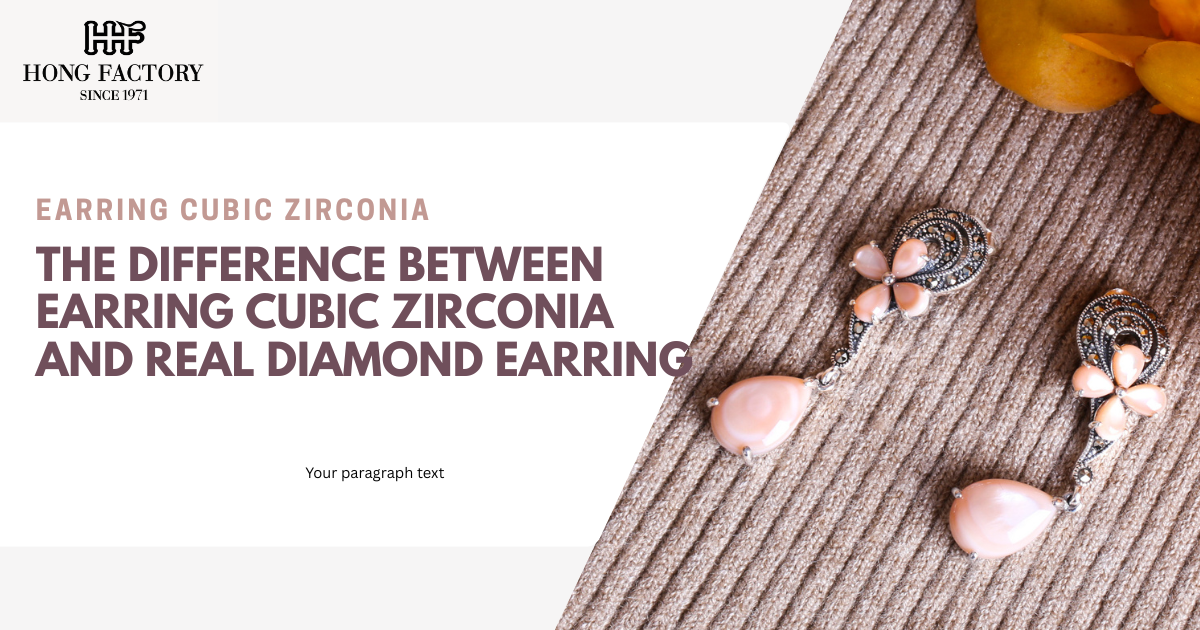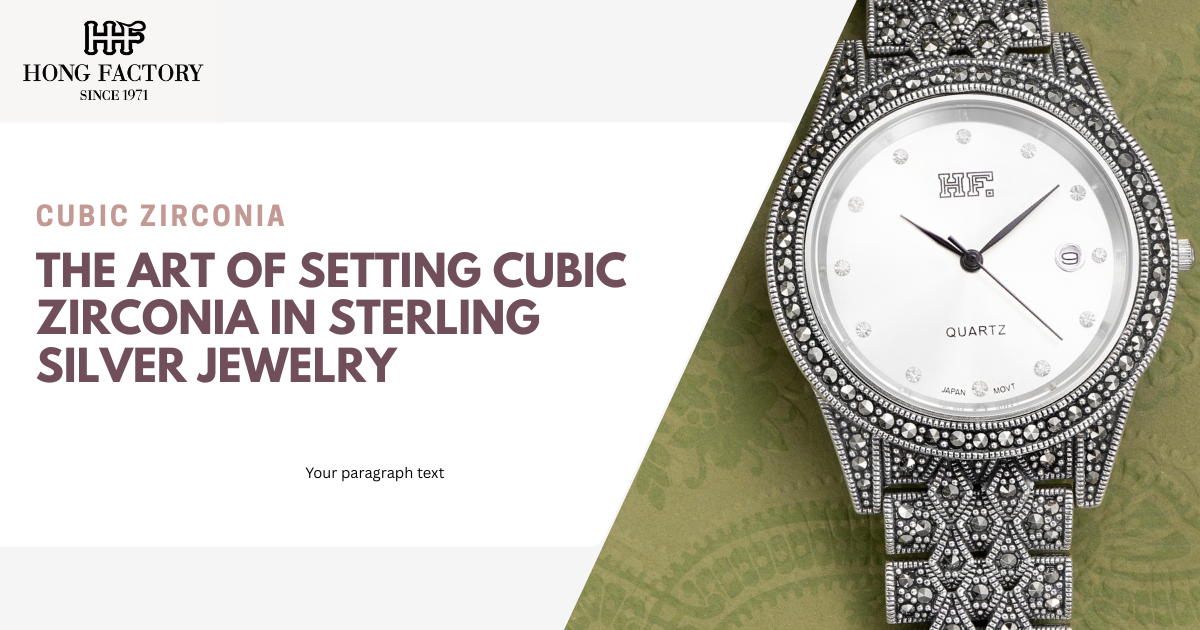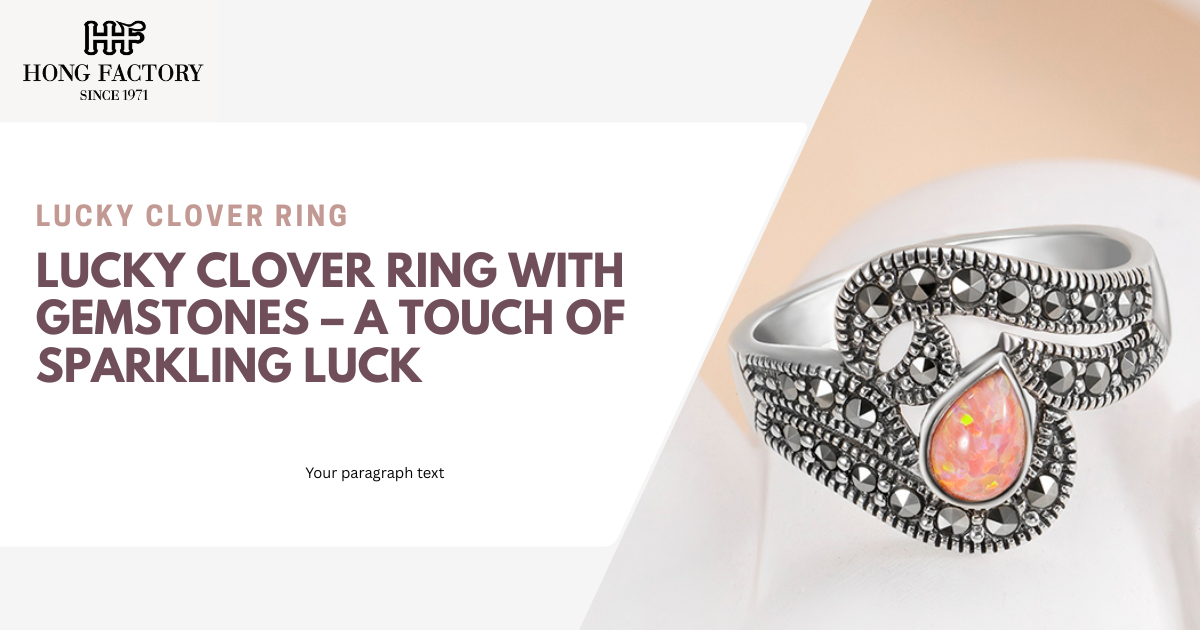As sustainability becomes a priority in the fashion and jewelry industries, more brands are marketing themselves as eco-friendly and ethical. However, not all claims are genuine—some companies engage in “greenwashing,” misleading consumers about their sustainability efforts. To ensure that you’re supporting truly sustainable jewelry brands, it’s essential to know what to look for. Here’s a guide to identifying authentic sustainable jewelry brands.
How to Identify Truly Sustainable Jewelry Brands
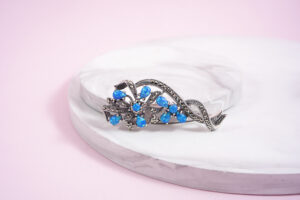
1. Transparency in Sourcing & Production
A truly sustainable jewelry brand will openly share information about where and how their materials are sourced and processed.
- Ethical Sourcing of Metals & Gemstones – Brands should disclose whether they use recycled metals, Fairmined gold, or ethically sourced gemstones.
- Supply Chain Traceability – Look for brands that provide details on their mining, production, and labor practices.
- Certifications & Third-Party Audits – Reputable brands have certifications proving their sustainability claims.
What to Look For:
- Clear sourcing information on the brand’s website.
- Supply chain transparency reports.
- Third-party certifications (e.g., Fair Trade Gold, Responsible Jewellery Council (RJC), or Kimberley Process for conflict-free diamonds).
2. Use of Recycled & Fair-Trade Materials
Sustainable jewelry brands prioritize the use of materials that minimize environmental impact.
- Recycled Precious Metals – Gold, silver, and platinum can be reused to avoid the harmful effects of mining.
- Lab-Grown Diamonds – Offer an ethical, eco-friendly alternative to mined diamonds.
- Fair-Trade Gemstones – Ensure that miners are paid fairly and work in safe conditions.
What to Look For:
- Mentions of recycled or Fairmined gold and silver.
- Brands that clearly state whether they use lab-grown diamonds or responsibly sourced gemstones.
- Certifications like Fair Trade Gold or SCS Global Services for recycled metals.
3. Ethical Labor Practices & Fair Wages
Sustainability isn’t just about the environment—it also includes fair labor and safe working conditions.
- Fair Wages & Safe Work Environments – Ethical brands ensure that their workers are fairly compensated and work under humane conditions.
- Support for Artisan Communities – Many sustainable brands collaborate with small artisan groups, preserving traditional craftsmanship.
- No Child Labor or Exploitation – Ethical brands take a strong stance against labor exploitation.
What to Look For:
- Fair Trade certifications.
- Information on worker wages, conditions, and fair labor policies.
- Brands that highlight artisan collaborations.
4. Commitment to Low-Impact Production Methods
The jewelry industry can be resource-intensive, but sustainable brands take steps to reduce their footprint.
- Eco-Friendly Manufacturing – Uses renewable energy, reduces water consumption, and minimizes waste.
- Non-Toxic & Sustainable Finishes – Many traditional jewelry finishes involve harmful chemicals; ethical brands use non-toxic alternatives.
- Carbon Offsetting – Some brands invest in projects to balance their carbon footprint.
What to Look For:
- Information on waste reduction and water conservation efforts.
- Brands using eco-friendly plating and non-toxic finishing techniques.
- Carbon-neutral certifications or initiatives.
5. Sustainable & Plastic-Free Packaging
Packaging is an often-overlooked part of sustainability. Ethical brands use minimal, recyclable, or compostable packaging.
- Recycled Paper & Biodegradable Packaging – Reduces waste compared to traditional jewelry boxes.
- Plastic-Free Shipping Materials – Avoids unnecessary plastic wrapping and bubble wrap.
- Reusable Packaging Options – Some brands offer reusable pouches or boxes.
What to Look For:
- Mention of recycled, biodegradable, or FSC-certified packaging materials.
- Brands that avoid excessive plastic in their shipping.
- Packaging that can be reused or repurposed.
6. Certifications That Prove Sustainability Claims
Third-party certifications help verify that a brand’s sustainability claims are legitimate.
- Fairmined Gold & Silver – Ensures ethical mining practices.
- Responsible Jewellery Council (RJC) – Certifies responsible business practices.
- Kimberley Process Certification – Guarantees that diamonds are conflict-free.
- Cradle to Cradle Certification – Ensures products meet environmental and ethical standards.
What to Look For:
- Logos or certification details on the brand’s website.
- Transparent documentation about sustainability efforts.
- Independent third-party audits verifying ethical claims.
7. Brand Reputation & Customer Reviews
Customer feedback and independent reviews provide insight into whether a brand truly follows sustainable practices.
- Authentic Customer Reviews – Look for honest feedback on sustainability and quality.
- Industry Recognition – Brands recognized by sustainability-focused organizations are often more credible.
- Avoid Brands with Greenwashing Practices – Some brands use vague terms like “eco-friendly” without providing details.
What to Look For:
- Detailed sustainability reports.
- Independent reviews from sustainability bloggers or watchdog organizations.
- Transparency in customer responses regarding sustainability claims.
8. Examples of Sustainable Jewelry Brands
To help you get started, here are a few well-known brands that prioritize sustainability:
- Mejuri – Uses recycled gold and ethically sourced diamonds.
- Vrai – Specializes in lab-grown diamonds with a carbon-neutral production process.
- Pact Jewelry – Focuses on fair-trade practices and supports artisan communities.
- Brilliant Earth – Offers responsibly sourced gemstones and recycled metals.
- Catbird – A small jewelry company committed to ethical craftsmanship and sustainability.
9. The Future of Sustainable Jewelry
As the demand for ethical fashion grows, the jewelry industry is evolving to become more responsible:
- Innovations in Sustainable Materials – Development of plant-based and bioengineered gems.
- Increased Transparency – More brands adopting blockchain technology to track supply chains.
- Growth of Circular Economy – More brands offering buy-back and recycling programs.
Choosing truly sustainable jewelry brands requires research and awareness. By looking for transparency, ethical sourcing, fair labor practices, and environmental responsibility, you can make informed decisions that align with your values. Avoid brands that use vague sustainability claims and instead support those with clear commitments to ethical and eco-friendly practices. Every sustainable jewelry purchase helps promote a more responsible and fair jewelry industry.

